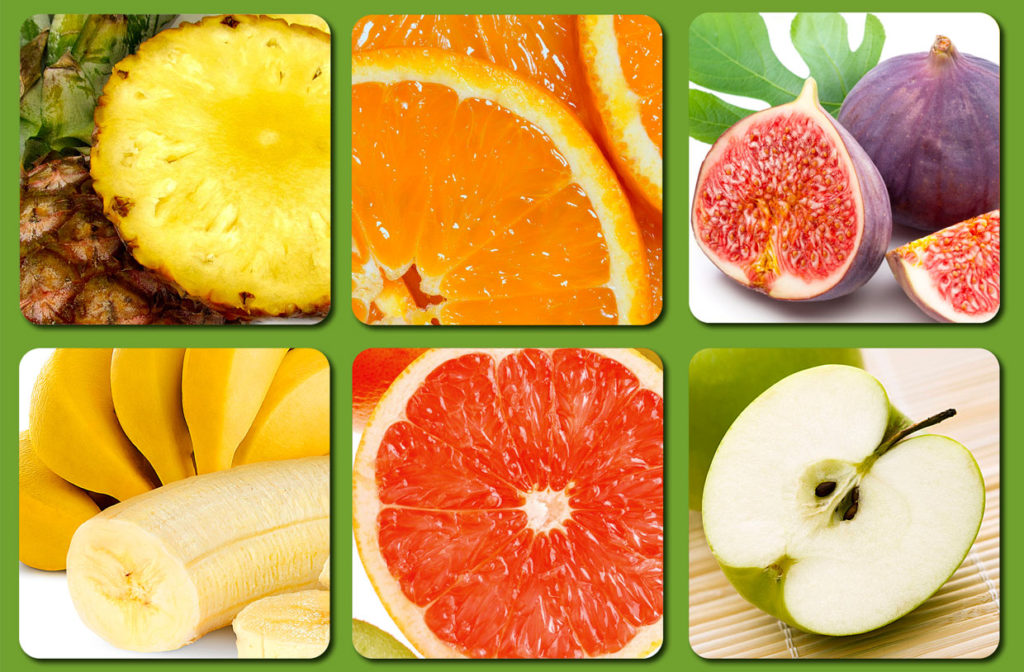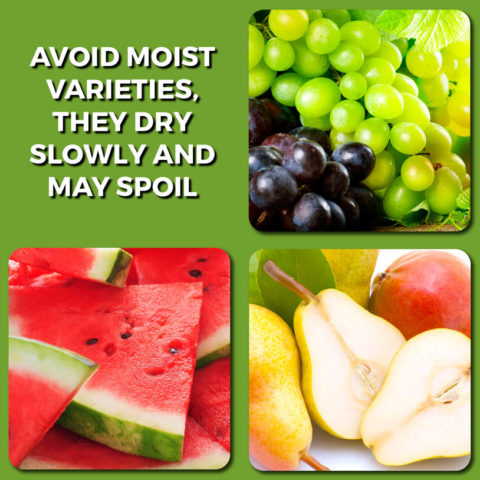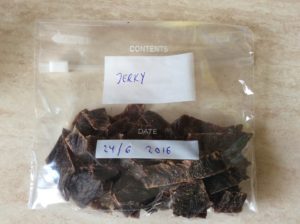nutrition
Fruits
For me there are two reasons to bring some dried fruit on a hike, energy and taste. The first is pretty obvious as sometimes we have to do some energy intense parts and need the more fast paced sugar fuel. And fruit is also a treat than can be vitally important, even if I think you agree with me that almost any food tastes great after a day of hiking, you’ll probably also agree that every now and then we need something sweet and tasty to raise our mood. It matters little if the reason is lousy weather for days and days or a particularly strenuous day on the trail, pampering the taste buds can save the day or even the relationship with our company!
I like having a variety of different fruits both for taste and nutrition, my favourites are:

My Favourites
- Pineapple
- Orange
- Figs
- Banana
- Grape fruit
- Apple

Veggies
Dehydrating veggies is easiest using a dehydrator, most just don’t do well with the heat in the oven. Some ovens can be set at low enough temperature while most can’t and therefore will burn the more delicate veggies. This can actually be a good thing when drying onions as they get a nice roasted taste from slightly browning in the oven, other veggies don’t, though.
I recommend to bring a variety of vegetables, partly to increase nutritional value, partly to enjoy more variation. Out door cooking doesn’t have to be dull or boring, you can eat very good and tasty meals far away from your kitchen with just some preparation!
Using a dehydrator minimizes the need for checking on the drying veggies, just load the thing, go do your stuff (or have a good nights sleep) and about 8 hours later it’s time to remove the batch, replacing it with the next.
The trick is to cut everything into thin slices to shorten the time of the process, most vegetables can be processed raw while crusiforous varieties like broccoli, cauliflower and brusselsprouts need just a few minutes boiling.

- Onions, red and yellow
- Spring onions
- Leek
- Bell peppers
- Zucchini
- Carrots
- Broccoli
- Cauliflower
- Brusselsprouts
- Spinach
- Kale
Beef Jerky
Hey, what could possibly be more genuine provision on a hike than this classic? Dried meat has been used for thousands of years to provide sustenance to our hunter-gatherer ancestors and, together with dried fruit, berries and nuts actually prevented utter starvation during the lean months of winter when game was rare and hunting made difficult by the season.

 Then cut the meat in thin slices (3-5mm or 1/10-1/5 inch) and flavor them to Your preference. You can use virtually any kind of marinade or rub You normally use for barbecue, just make sure that You´re on top of the ingredients. There are more fun situations in the wild than getting a stomach upset from too much chili powder ?
Then cut the meat in thin slices (3-5mm or 1/10-1/5 inch) and flavor them to Your preference. You can use virtually any kind of marinade or rub You normally use for barbecue, just make sure that You´re on top of the ingredients. There are more fun situations in the wild than getting a stomach upset from too much chili powder ?